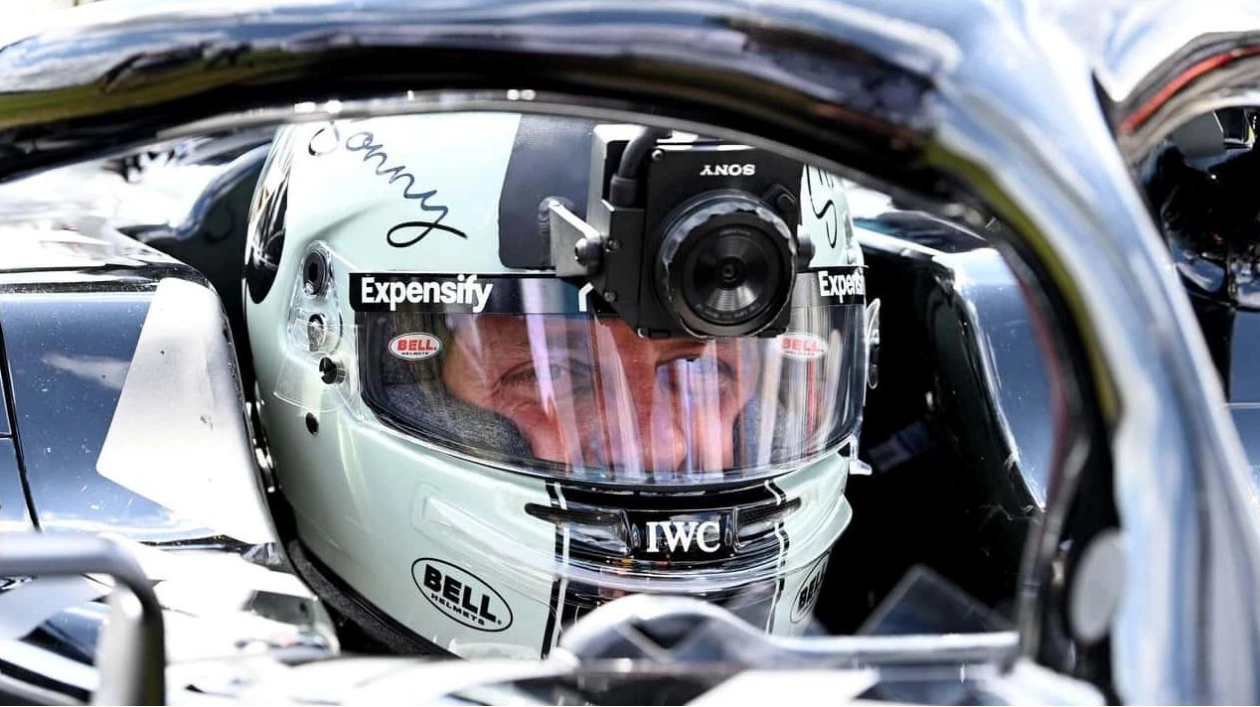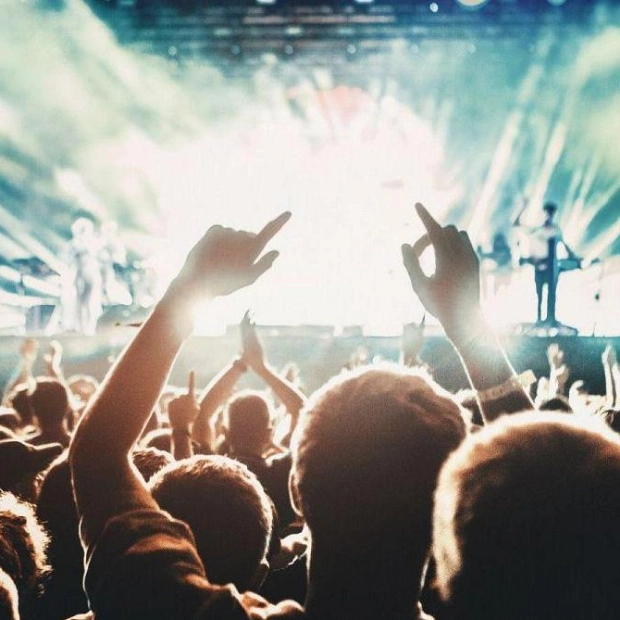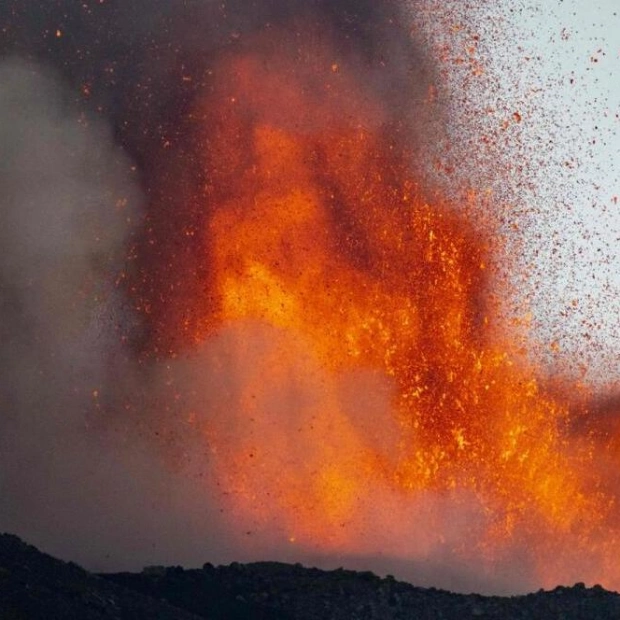Each Formula 1 vehicle is equipped with nine cameras, which may seem excessive, yet the unparalleled coverage provided in every broadcast justifies the number. A recent F1 video delves into the intriguing technology that transmits these camera feeds from the cars to our homes. The most iconic camera is situated on the "T" structure at the top of every F1 car, offering a forward-facing, top-down view frequently utilized by broadcasters. Additionally, there are two front-facing cameras at the car's nose, a rear-facing camera on the rear impact structure, and two more cameras mounted on either side of the chassis behind the driver. Inside the cockpit, a driver-facing camera and a 360-degree camera positioned in front of the driver are also present. Notably, each driver's helmet contains an embedded camera.
Each camera is equipped with its own processor, capable of operating on either the car's power or an internal battery, ensuring continuous recording for up to 20 minutes even if the car is turned off or involved in an accident. Under normal conditions, the footage is transmitted from the car using a Formula 1 Interface Unit (FIU), which records all footage and allows for audio adjustments to enhance viewer experience. The in-helmet camera, arguably the most sophisticated, requires collaboration with helmet manufacturers to mount the lens and embed a processor. It connects to the car through a cable attached to the helmet and linked to the car's wiring.
Audio capture is also crucial, with two microphones mounted on each F1 car to record engine sounds or crash noises. Dino Leone, the onboard camera manager, reveals that F1 is planning to increase the number of microphones in the near future.






